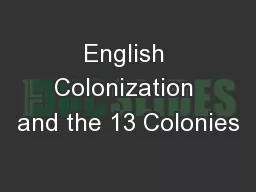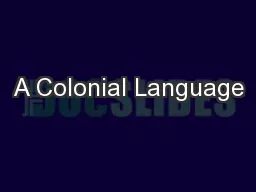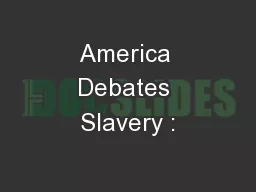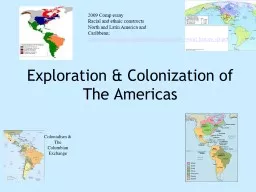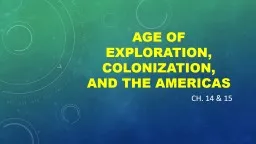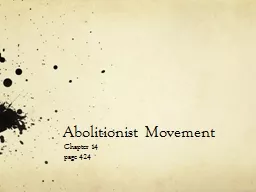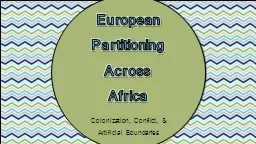PPT-Early European Colonization and
Author : cheryl-pisano | Published Date : 2016-04-27
the Chesapeake 16001700 European Colonization Learning Objectives Analyze primary source documents to understand how Europeans perceived Native Americans Explain
Presentation Embed Code
Download Presentation
Download Presentation The PPT/PDF document "Early European Colonization and" is the property of its rightful owner. Permission is granted to download and print the materials on this website for personal, non-commercial use only, and to display it on your personal computer provided you do not modify the materials and that you retain all copyright notices contained in the materials. By downloading content from our website, you accept the terms of this agreement.
Early European Colonization and: Transcript
Download Rules Of Document
"Early European Colonization and"The content belongs to its owner. You may download and print it for personal use, without modification, and keep all copyright notices. By downloading, you agree to these terms.
Related Documents


